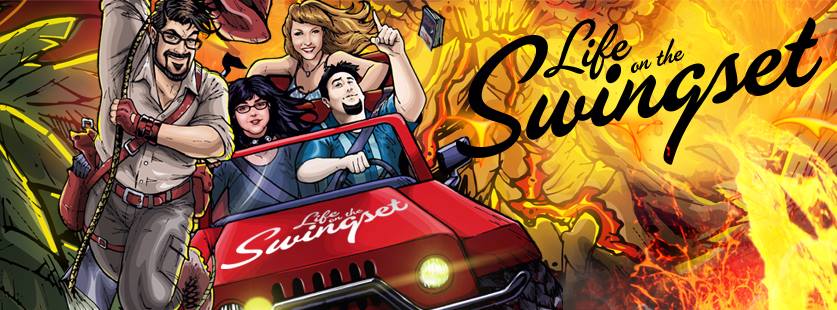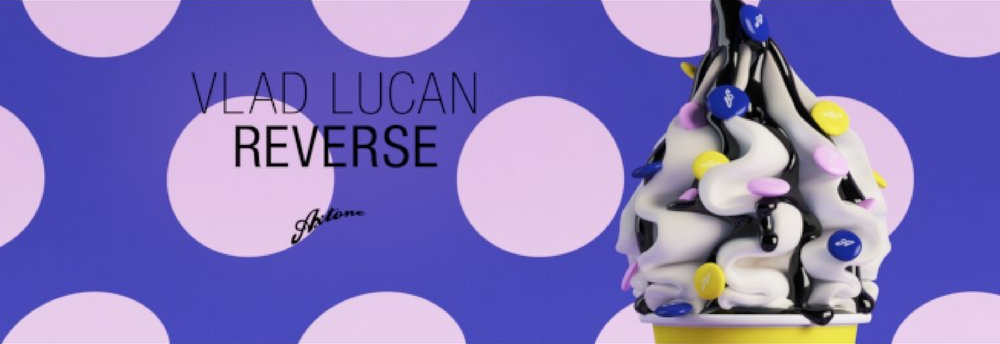Apple Lore: The Pinks Versus The Blue Meanies Welcome to the History of Computing Podcast, where we explore the history of information technology. Because understanding the past prepares us for the innovations of the future! Today we’re going to cover two engineering groups at Apple: The Pinks and the Blue Meanies. The Mac OS System 6 had been the sixth operating system released in five years. By 1988, Apple was keeping up an unrealistic release cadence, especially given that the operating system had come along at an interesting time when a lot of transitions were happening in IT, and there were lot of increasingly complex problems trying to code around earlier learning opportunities. After sweeping the joint for bugs, Apple held an offsite engineering meeting in Pescadero and split the ideas for the next operating system into two colors of cards: pink, red, green, and blue. The most important of these for this episode were pink, or future release stuff and blue, or next release, stuff. The notecards were blue. The architects of blue were horrible, arrogant self-proclaimed bastards. They’d all seen Yellow Submarine and so they went with the evil Pepperland Blue Meanies. As architects, they were the ones who often said no to things. The Blue Meanies ended up writing much of the core of System 7. They called this OS, which took 3 years to complete, The Big Bang. It would last on the market for 6 years. Longer than any operating system from Apple did prior or since. System 7 gave us CDs, File Sharing, began the migration to a 32-bit OS, replaced MacroMaker with AppleScript and Apple Events and the Extensions Manager, which we’re likely to see a return of given the pace Apple’s going these days. System 7.0.1 came with an Easter egg. If you typed in Help! Help! We're being held prisoner in a system software factory! You got a list of names: Darin Adler Scott Boyd Chris Derossi Cynthia Jasper Brian McGhie Greg Marriott Beatrice Sochor Dean Yu The later iterations of the file ended “Who dares wins” Pink was meant to get more than incremental gains. They wanted coorperative multitasking. The people who really pushed for this were senior engineers Bayles Holt, David Goldsmith, Gene Pope, Erich Ringewald, and Gerard Schutten, referred to as the Gang of Five. They had their pink cards and knew that what was on them was critical, or Apple might have to go out and buy some other company to get the next really operating system. They insisted that they be given the time to build this new operating system and traded their managers to the blue meanies for the chance to build the preemptive multitasking and a more component-based, or object-oriented applications esgn. They got Mike Potel as their manager. They worked in a separate location looking to launch their new operating system in two years. The code named as Defiant, given that Pink just wasn’t awesome. They shared space with the Newton geeks. Given that they had two years and they saw the technical debt in System 6 as considerable, they had to decide if they were going to build a new OS from the ground up, or build on top of the System 6. They pulled in the Advanced Technology Group, another team at Apple, and got up to 11 people. They ended up starting over with a new microkernel they called Opus. Big words. The Pink staff ended up pulling in ideas from other cards and got up to about 25 people. From there, it went a little off the rail and turf wars set in. It kept growing. 100 engineers. They were secretive. They eventually grew to 150 people by 1990. Remember, two years. And the further out they got the less likely that the code would ever be backwards compatible. The Pink GUI used isometric icons, rounded windows, drop shadows, beveling, was fully internationalized, and were huge influences in Mac OS 8 and Copland. Even IBM was impressed by the work being done on Pink and in 1991 they entered an alliance with Apple to help take on what was quickly becoming a Microsoft Monopoly. They planned to bring this new OS to the market as a new company called Taligent in the mid-90s. Just two more years. In 1992, Taligent moved out of Apple with 170 employees, and Joe Guglielmi, who had once led the OS/2 team and had been a marketing exec at IBM for 30 years. By then, this one one of 5 partnerships between Apple and IBM, something that starts and stops every now and then up to today. It was an era of turf wars and empire building. But it was the era of Object orientation. Since Smalltalk, this had been a key aspect in higher level languages such as Java and in the AS/400. IBM had already done it with OS/2 and AIX. By 1993 there was suspicion. Again they grow, now to over 250 people, but they really just needed two more years, guys. Apple actually released an object-oriented SDK called Bedrock to migrate from System 7 to Pink, which could work also work with Windows 3.1, NT, and OS/2. Before you know it they were building a development environment on AIX and porting frameworks to HP-UX, OS/2, Windows. By 1994 the apps could finally run on an IBM RS/6000 running AIX. The buzz continued. Ish. 1994 saw HP take on 15% of the company and add Smalltalk into the mix. HP brought new compilers into the portfolio, and needed native functionality. The development environment was renamed to cq professional and the User Interface builder was changed to cqconstructor. TalAE became CommonPoint. TalOS was scheduled to ship in 1996. Just two more years. The world wanted to switch away from monolithic apps and definitely away from procedural apps. It still does. Every attempt to do so just takes two more years. Then and now. That’s what we call “Enterprise Software” and as with anyone who’s ok with such pace, Joe Guglielmi left Taligent in 1995. Let’s review where we are. There’s no real shipping OS. There’s an IDE but C++ programmers would need 3 months training to get up to speed on Taligent. Most needed a week or two class to learn Java, if that. Steve Jobs had aligned with Sun in OpenStep. So Apple was getting closer and closer to IBM. But System 7 was too big a dog to run Taligent. Debbie Coutant became CEO towards the end of the year. HP and Apple sold their stake in the company which was then up to 375 employees. Over half were laid off and the organization was wrapped into IBM as would be focusing on… Java. Commonpoint would be distributed across IBM products where possible. Taligent themselves would be key to the Java work done at IBM. By then IBM was a services first organization anyways, so it kinda’ all makes sense. TalOS was demoed in 1996 but never released. It was unique. It was object oriented from the ground up. It was an inspiration of a new era of interfaces. It was special. But it never shipped. Mac OS 8 was released in 1997. Better late than never. But it was clear that there was no more runway left in the code that had been getting bigger and meaner. They needed a strategy. The final Taligent employees got sucked into IBM that year, ending a fascinating drama in operating systems and frameworks. Whatever the behind baseball story, Apple decided to bring Steve Jobs back in, in 1997. And he brought NeXT, which gave the Mac all the object-oriented neediness they wanted. They got Objective-C, Mach (through Avie Tevanian of Carnegie Mellon), Property Lists, AppWrappers (.app), Workspace Manager (which begat the Finder), The Dock, and NetInfo. And they finally retired the Apple Bonkers server. But as importantly as anything else, they got Bertrand Serlet and Craig Federighi - who as the next major VPs of Software were able to keep the ship in the right direction and by 2001 they gave us 10.0: Cheetah * Darwin (kinda’ like Unix) with Terminal * Mail, Address Book, iTunes * AppleScript survived, AppleTalk didn’t * Aqua UI, Carbon and Cocoa APIs * AFP over TCP/IP, HTTP, SSH, and FTP server/client * Native PDF Support It began a nearly 20 year journey that we are still on. So in the end, the Pinks never shipped an operating system, despite their best intentions. And the Blues never paid down their technical debt. Despite their best intentions. As engineers, we need a plan. We need to ship incrementally. We need good, sane cultures that can work together. We need to pay down technical debt - but we don’t need to run amuck building technology that’s a little ahead of our time. Even if it’s always just two more years ahead of our time. And I think we’re at time gentle listeners. And I hope it doesn’t take me two years to ship this, gentle listeners. But if it does or doesn’t, thanks for tuning into another episode of the History of Computing Podcast. We’re lucky to have you. Have a great day!
![The Weekly Pomodoro #2 [ITA] - Programmazione ad oggetti e fraintendimenti](https://www.podcastworld.io/podcast-images/dan-the-dev-5u7x0wrd.webp)


























